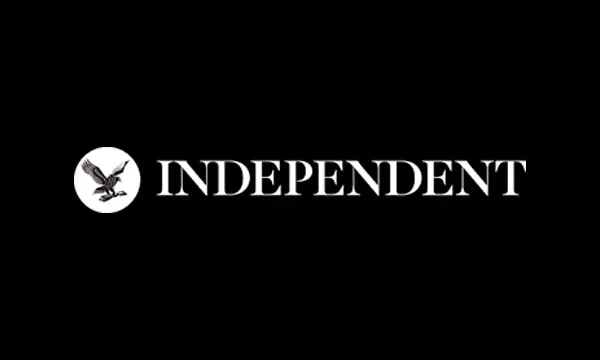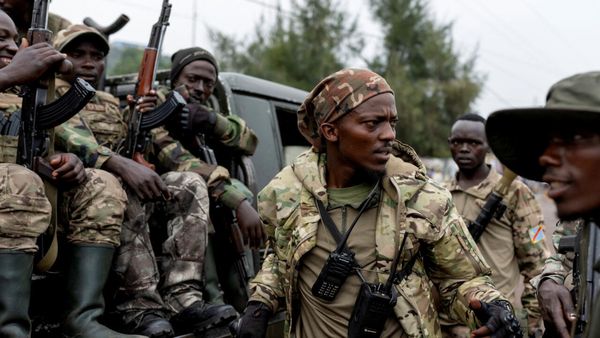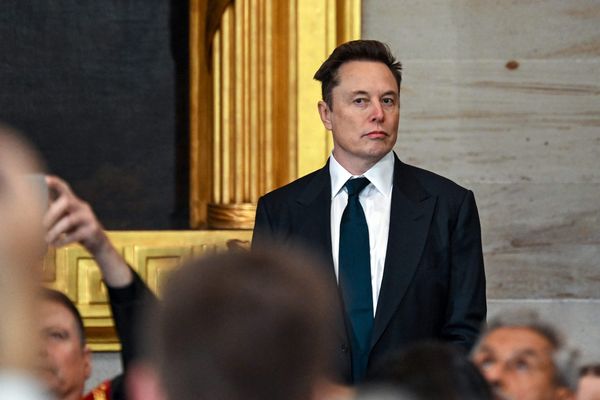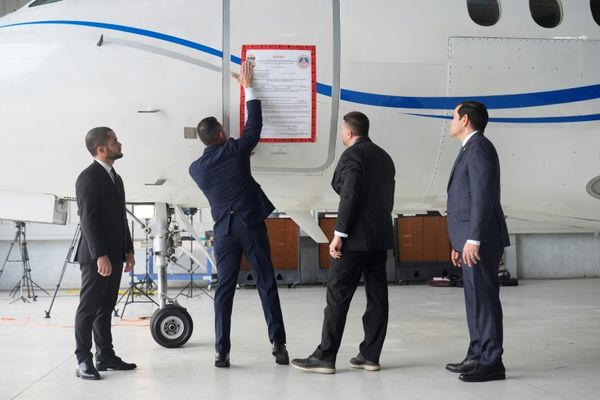
- The Tesla CEO has promised to launch a fully unsupervised version of his FSD self-driving software in Texas this year, but the technology is still far from the level of maturity needed. There are important caveats before sharing his enthusiasm.
Elon Musk, who once pledged a fleet of Tesla robotaxis a million strong zipping around in 2020, may finally be living up to his word.
Nearly six years since he confidently took the stage to predict a future that never came, the Tesla CEO praised what appeared to be the first substantive evidence that he could be nearing his goal.
On Monday, he praised data crowd-sourced from drivers helping him train his Full Self-Driving (FSD) software that showed the number of highway miles per critical intervention on his latest software version (13.2) soar to 724 miles, up from just 85 miles using its various v12.5 builds from no more than half a year ago.
“This is what exponential improvement looks like,” he posted on Monday.
Barring a surprise, the single biggest innovation Tesla has in store for owners this year is the launch of its autonomous driving technology. In the coming 11 months, unsupervised Full Self-Driving (FSD) is due to hit the roads of Texas, where his carmaker’s global headquarters are located, well before his dedicated CyberCab robotaxi launches.
Once launched, drivers will no longer be required to pay any more attention to the road; even if humans are still required by law to be behind the wheel while driving, it would effectively fulfill his April 2019 promise. Musk has called it Tesla’s “ChatGPT moment,” and is one of the leading reasons why Tesla is valued at $1.3 trillion—or more than the rest of the industry put together.
Plenty of caveats
The CEO’s comment seems to confirm that independent data submitted to Elias Martinez's TeslaFSDTracker.com broadly tracks his own dev team’s internal results, which Tesla has never released.
This has long been a sore subject among enthusiasts and investors. It’s impossible to gauge whether Musk’s confidence is once more overshooting the mark or whether early alpha builds of the next iteration that only his team sees really are that promising.
The lack of hard data is one reason trust in that timetable could be higher, to put it lightly. Like almost every other grand pronouncement issued by Musk—most recently his plan for cutting $2 trillion from the federal budget—it needs to be viewed as wildly aspirational if not utterly unrealistic.
For every historic SpaceX milestone, there’s a Vegas Loop that has as much in common with Musk’s original vision as last year’s Willy Wonka meth lab experience had with the beloved Roald Dahl children’s book.
As such, there are many caveats with regards to his claim of "exponential improvement."
Still far from the improvement needed
For one, highway driving is typically far less complex than street driving, with most AI experts believing it will be the first traffic situation where the technology will launch. The same TeslaFSDtracker.com data adjusted to provide only city driving results reduces the miles per critical intervention to just 40 versus 21 miles previously, according to Martinez, the site’s proprietor.
Secondly, the older 12.5 versions include data from builds released prior to a fundamental change in the software.
Only at the end of September did Tesla switch from dedicated heuristic commands written in computer language to a fully end-to-end neural network, an improvment that already had been introduced for city driving much earlier in the year. Once observers only start tracking from that later point in 12.5’s continued development, the improvement in highway miles per disengagement is much more linear. As a result, EV enthusiast site Electrek called Musk’s praise misleading.
Thirdly, not all Tesla cars will achieve that performance, as FSD development has bifurcated. The latest software works only for newer vehicles equipped with its HW4 computer, sometimes called AI4 in line with Tesla’s new nomenclature.
Owners of models still relying on HW3 have to wait much longer for an improvement to their software, prompting some to feel Musk has allowed many of his loyal buyers to be left behind by the progress.
Finally it will take far more than the 724 highway miles per intervention to reach robotaxi capability. Alphabet-owned Waymo was last reported capable of driving 17,311 miles between each intervention based on 2023 figures, with Amazon’s Zoox topping that albeit with far fewer miles driven.







